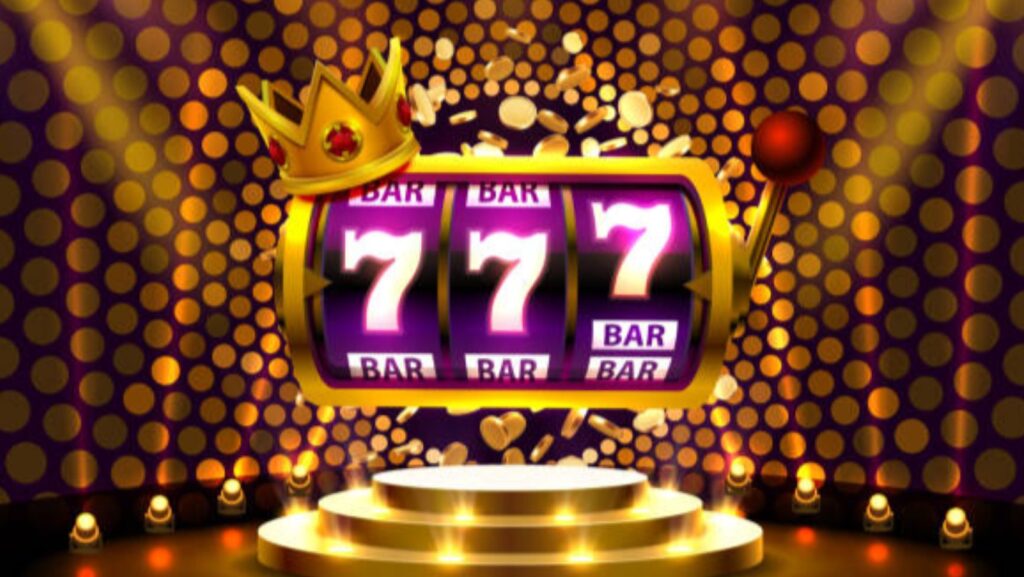Casino game design is an art form that goes far beyond just spinning reels or drawing cards. It’s about creating an experience that captivates players, encouraging them to continue playing while enjoying every second of it. This is where the subtle art of casino graphics comes into play—specifically, designing visuals that appeal to our emotional triggers.
In this article, we’ll dive into how casino graphics are designed to subtly yet effectively evoke emotional responses, ultimately enhancing player engagement.
The Power of Visual Storytelling
Crafting Immersive Experiences
The emotional impact of casino graphics begins with visual storytelling. It’s not just about how the symbols or animations look; it’s about what they convey. Malaysia online casino often feature themes inspired by mythologies, cultures, or fantasies, each of which has the potential to tell a story.
For instance, a slot game inspired by ancient Egypt will use golden hues, pyramids, and hieroglyphics to create an atmosphere of mystery and riches. These elements not only draw players into the game but also evoke a sense of adventure and curiosity—emotions that make them want to spin the reels and uncover the mysteries.
Color Psychology: Setting the Mood
Colors are more powerful than most people realize. In casino games, specific colors are strategically used to trigger emotional responses. Bright reds can instill a sense of urgency, greens can evoke feelings of luck, and golden tones are often linked to wealth and prosperity. Designers use these color cues to heighten excitement, create a sense of winning, and make the overall experience feel rewarding.
Subtle use of cooler tones like blues can create a more relaxed environment, which is useful for games meant to have a slower pace, such as poker. These hues help calm players, making it easier for them to focus and feel comfortable spending more time in the game.
Emotional Triggers in Animation and Effects
The Reward Effect: Reinforcing Wins
One of the most effective uses of casino graphics is to emphasize wins—both big and small. When players hit a winning combination, the game is designed to make them feel as though they’ve achieved something significant, even if the win is minor.

This is accomplished through carefully crafted animations, like coins raining down, symbols glowing, or celebratory sound effects.
Smooth Transitions: Keeping Players Engaged
Animations and transitions in casino games also serve another emotional purpose—keeping the experience smooth and uninterrupted. For instance, when the reels spin, the gentle motion, followed by a satisfying “click” as they stop, keeps players visually connected to the action. A game that feels clunky or has sudden interruptions can quickly disengage players. Fluid animations, on the other hand, make players feel like they are part of an ongoing, entertaining journey.
Designing Symbols for Emotional Appeal
Iconography: The Role of Familiar Symbols
Symbols in slot games often draw from familiar imagery, such as lucky sevens, cherries, or horseshoes. These symbols are not chosen at random; they are universally recognized as symbols of good fortune, excitement, and nostalgia. By incorporating these familiar icons, designers tap into positive associations that players already hold, creating an emotional connection with the game right from the start.
Moreover, modern casino games on https://surewinnow.com/ go beyond the classics by integrating more thematic and story-driven symbols. Whether it’s a wizard’s spellbook, a pirate’s treasure, or a sparkling diamond, these symbols help players connect emotionally to the theme, making each spin more exciting and personal.
Dynamic Symbols: More Than Just Visuals
Dynamic symbols, which change or animate during gameplay, also play a significant role in eliciting emotions. Symbols that expand, glow, or change form when part of a winning combination not only make the game visually interesting but also evoke excitement. Players feel rewarded not only by the win itself but also by the visual spectacle that comes with it. It’s a small but powerful way to keep players emotionally invested.
The Role of Human Psychology in Casino Graphics
The Near-Miss Effect: Playing on Anticipation
Casino graphics are also used to create a sense of anticipation, which can be an incredibly powerful emotional trigger.

One well-known example is the “near-miss” effect, where players almost achieve a winning combination. The graphic design of the reels—showing two matching symbols with the third just slightly off—can evoke a feeling of being “so close.” This is no accident; it’s a psychological trick that makes players feel that a win is within reach, encouraging them to keep spinning.
Building Trust Through Design
A less obvious but equally important aspect of casino graphics is building trust. Players are more likely to engage with games that look polished and professional. High-quality graphics, smooth animations, and a user-friendly interface all contribute to making players feel comfortable and secure. When a game appears well-designed, players are more inclined to trust that it’s fair, and this trust fosters a positive emotional connection to the experience.
Conclusion
The subtle art of designing casino graphics is all about triggering the right emotions at the right moments. By combining storytelling elements, color psychology, animations, and symbols, designers create an engaging environment that keeps players emotionally connected to the game.



